An important and documented set of six mid 18th century oak oval wall panels, finely carved in relief by Henry Watson of Bakewell, with scenes from ... stories of the Old Testament, Jonah and the Whale; Abraham, Sarah and the Three Angels; Abraham Sacrificing Issac; Elijah and the Fiery Chariot; The Finding of the Baby Moses; The Slaying of Abel by Cain, 117cm high, 87cm wide, c.1740 Provenance: Wynnstay, Denbighshire Wynnstay was originally an unremarkable late Tudor house called Watstay, belonging to the Evans family. The heiress carried it by marriage in the late 17th century to Sir John Wynn, 5th Bt., MP, who re-named it Wynnstay. This was really to emphasise his illustrious lineage for, although his title went back to James I's creation of the first baronetcies in 1611, his ancestry could be traced to Rhodri, the elder son of the first marriage of the 12th century King of Gwynedd (North Wales), Owain ap Cynan ap Gruffydd - and thus via King Rhodri Mawr to Cunedda the early 5th century Venedotian chieftain who is said to have founded the first house of Gwynnedd). Whilst the ill-starred kingly line descended from Owain's second marriage - only to end ignominiously with the death of Dafydd ap Llewellyn, Prince of All Wales in 1283 - Rhodri's other descendants kept their heads down, accepted the Plantagenet overlordship of their patrimony, and settled quietly on the Conwy opposite Llanrwst, where they built Gwydir Castle. In George I's reign, the Wynn heiress married Sir Watkin Williams, 3rd Bt., MP, who assumed the additional surname and arms of Wynn in 1719. He determined to rebuild Wynnstay and, in 1736 commissioned Francis Smith of Warwick (1672-1738) and his son William to build a magnificent new house which, once completed in 1739, became one of the really great houses of Wales. Subsequent alterations were made by a galaxy of distinguished architects, including T. F. Pritchard of Shrewsbury, Lancelot ('Capability') Brown and C. R. Cockerell, not to mention discarded schemes by architects like Robert Adam James Gandon and James Byres James Wyatt later encased the whole house in ashlar (1785-89), doing it no favours aesthetically, and the entire grand edifice burned down in 1858. It was replaced by the present somewhat forbidding house, erected to the designs of Pugin's pupil Benjamin Ferrey in 1858-61 in the grand French Henri III style, to which these oval panels, rescued from the original conflagration, were transferred. In the 1730s, Francis Smith had worked with a core team of craftsmen to which he added expertise where needed. The accounts, in the National Library of Wales (Wynn MSS R 23) and the Bodleian Library (English Miscellaneous MSS ff. 383 & 556), to some extent elucidated by the family bank account with Hoare's, tell us that two carvers were involved, Henry Cheere (1703-1781, later, in 1760 and 1766, raised to a baronetcy), who received Read more
An important and documented set of six mid 18th century oak oval wall panels, finely carved in relief by Henry Watson of Bakewell, with scenes from ... stories of the Old Testament, Jonah and the Whale; Abraham, Sarah and the Three Angels; Abraham Sacrificing Issac; Elijah and the Fiery Chariot; The Finding of the Baby Moses; The Slaying of Abel by Cain, 117cm high, 87cm wide, c.1740 Provenance: Wynnstay, Denbighshire Wynnstay was originally an unremarkable late Tudor house called Watstay, belonging to the Evans family. The heiress carried it by marriage in the late 17th century to Sir John Wynn, 5th Bt., MP, who re-named it Wynnstay. This was really to emphasise his illustrious lineage for, although his title went back to James I's creation of the first baronetcies in 1611, his ancestry could be traced to Rhodri, the elder son of the first marriage of the 12th century King of Gwynedd (North Wales), Owain ap Cynan ap Gruffydd - and thus via King Rhodri Mawr to Cunedda the early 5th century Venedotian chieftain who is said to have founded the first house of Gwynnedd). Whilst the ill-starred kingly line descended from Owain's second marriage - only to end ignominiously with the death of Dafydd ap Llewellyn, Prince of All Wales in 1283 - Rhodri's other descendants kept their heads down, accepted the Plantagenet overlordship of their patrimony, and settled quietly on the Conwy opposite Llanrwst, where they built Gwydir Castle. In George I's reign, the Wynn heiress married Sir Watkin Williams, 3rd Bt., MP, who assumed the additional surname and arms of Wynn in 1719. He determined to rebuild Wynnstay and, in 1736 commissioned Francis Smith of Warwick (1672-1738) and his son William to build a magnificent new house which, once completed in 1739, became one of the really great houses of Wales. Subsequent alterations were made by a galaxy of distinguished architects, including T. F. Pritchard of Shrewsbury, Lancelot ('Capability') Brown and C. R. Cockerell, not to mention discarded schemes by architects like Robert Adam James Gandon and James Byres James Wyatt later encased the whole house in ashlar (1785-89), doing it no favours aesthetically, and the entire grand edifice burned down in 1858. It was replaced by the present somewhat forbidding house, erected to the designs of Pugin's pupil Benjamin Ferrey in 1858-61 in the grand French Henri III style, to which these oval panels, rescued from the original conflagration, were transferred. In the 1730s, Francis Smith had worked with a core team of craftsmen to which he added expertise where needed. The accounts, in the National Library of Wales (Wynn MSS R 23) and the Bodleian Library (English Miscellaneous MSS ff. 383 & 556), to some extent elucidated by the family bank account with Hoare's, tell us that two carvers were involved, Henry Cheere (1703-1781, later, in 1760 and 1766, raised to a baronetcy), who received Read more

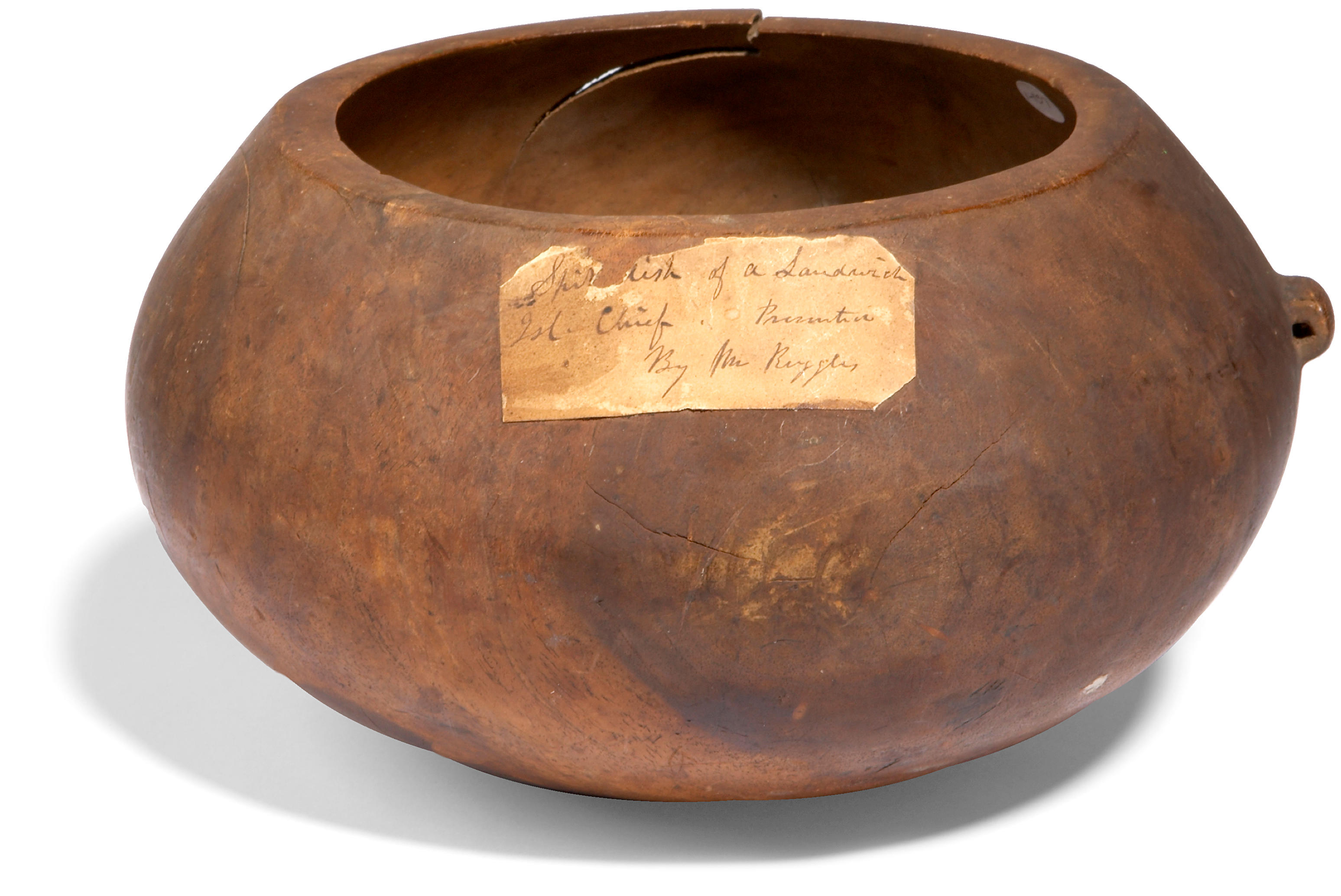

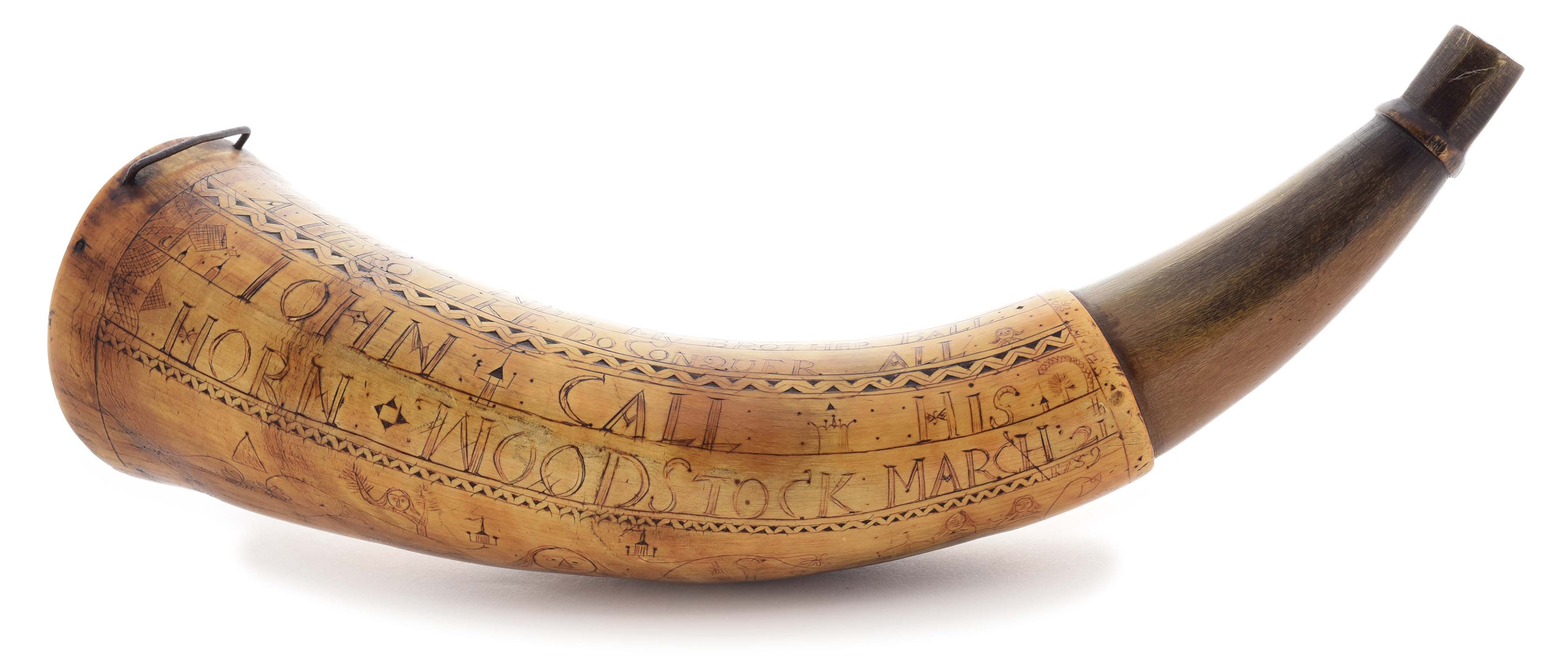

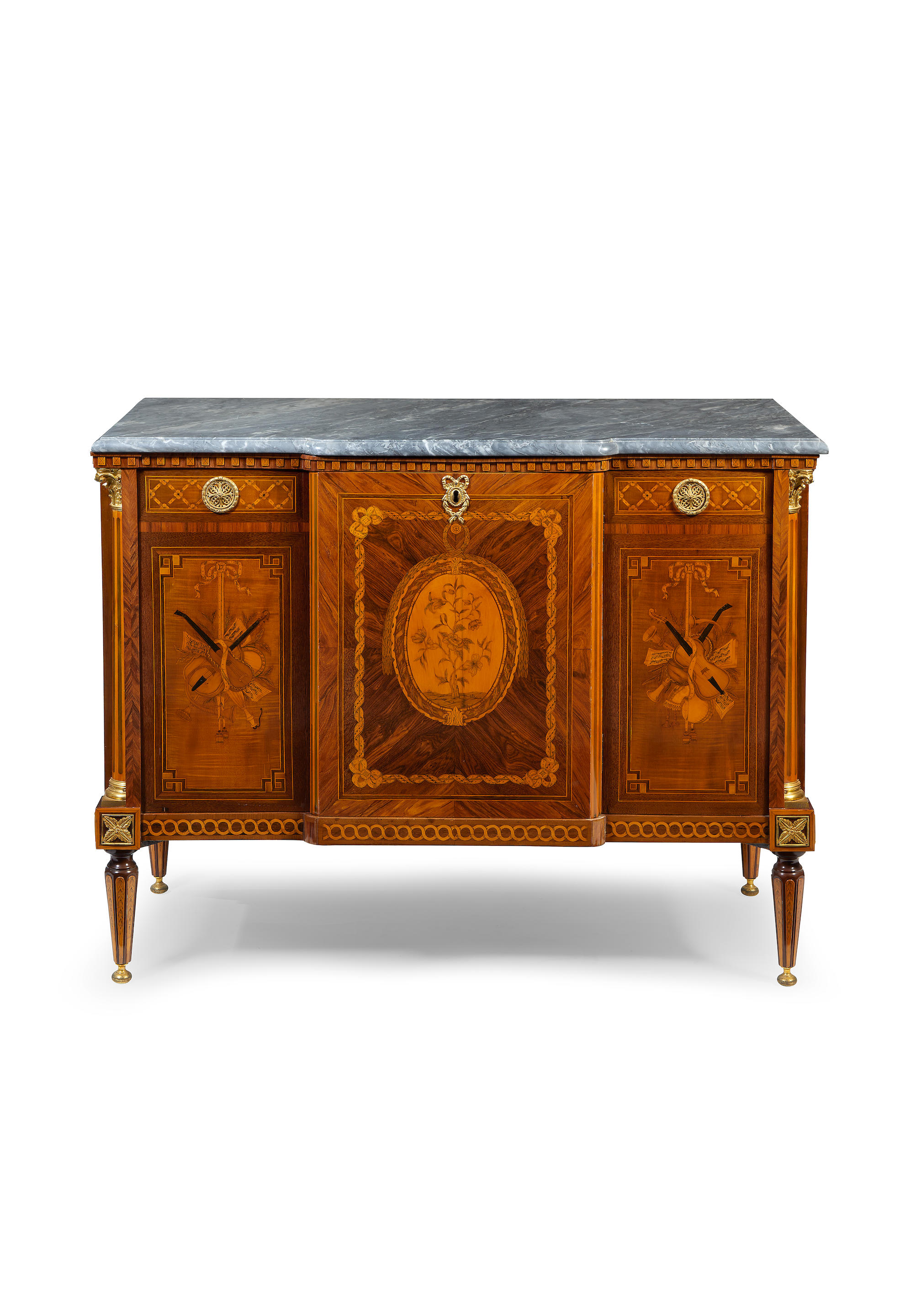
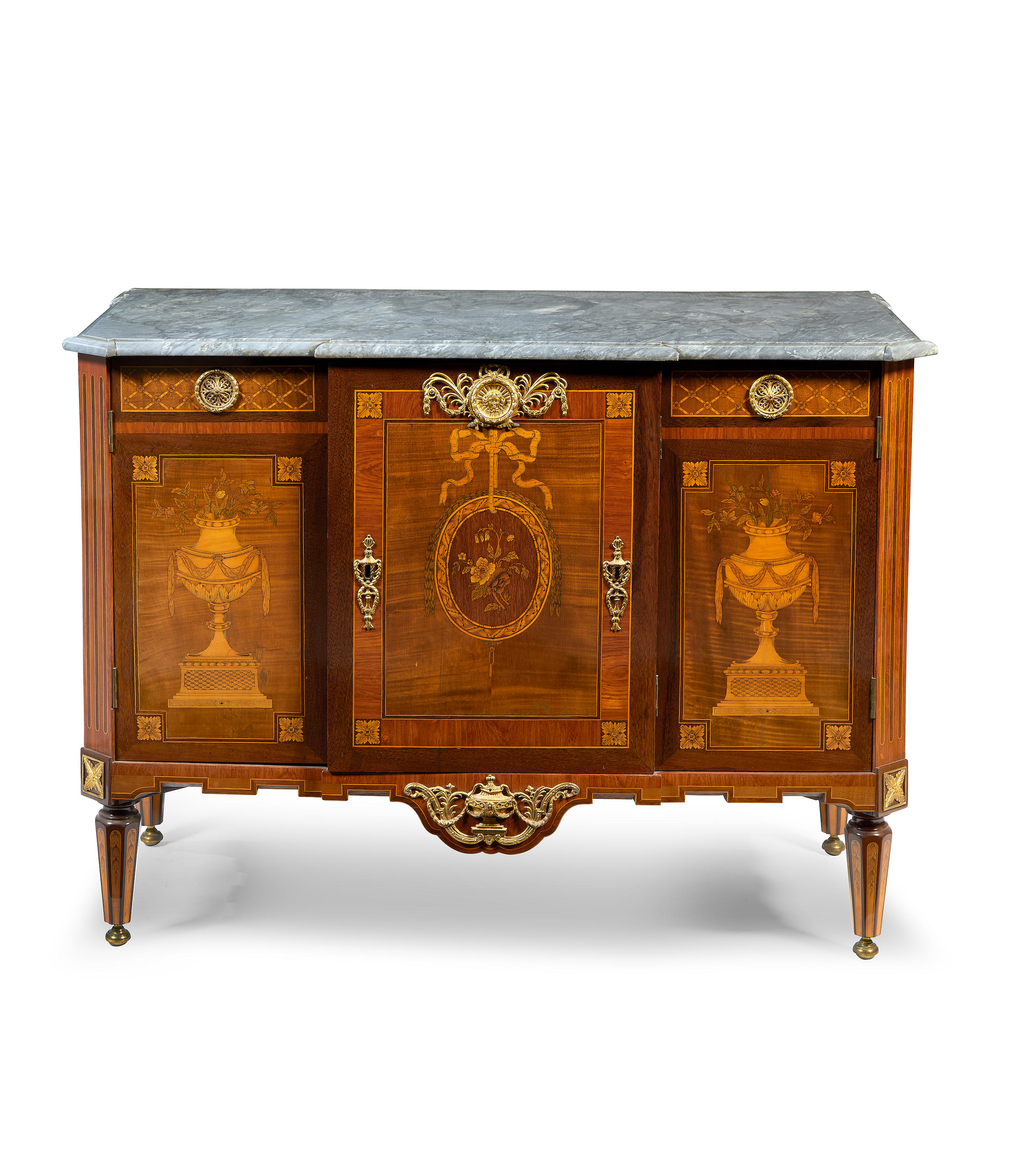

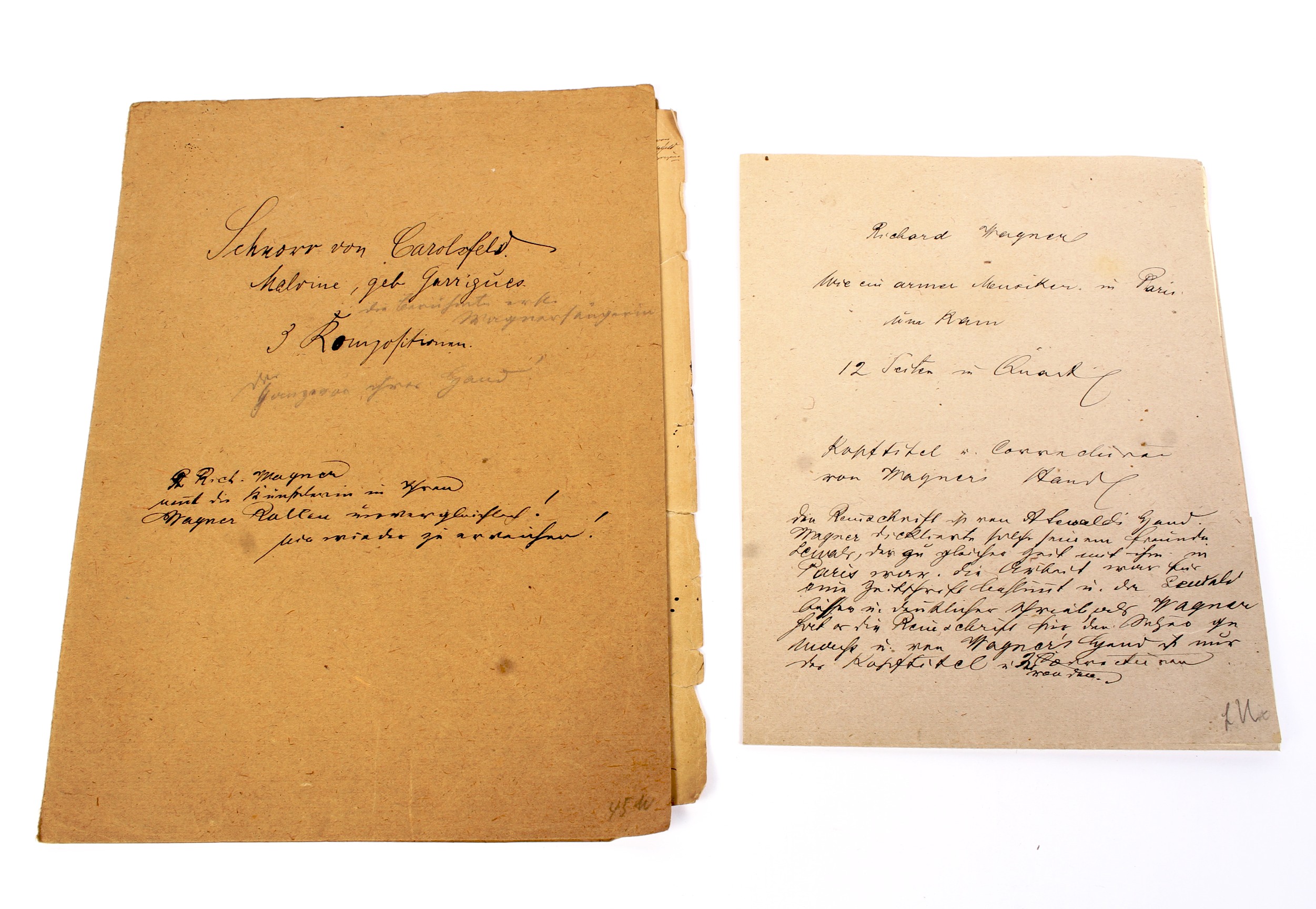





.jpg)
Try LotSearch and its premium features for 7 days - without any costs!
Be notified automatically about new items in upcoming auctions.
Create an alert